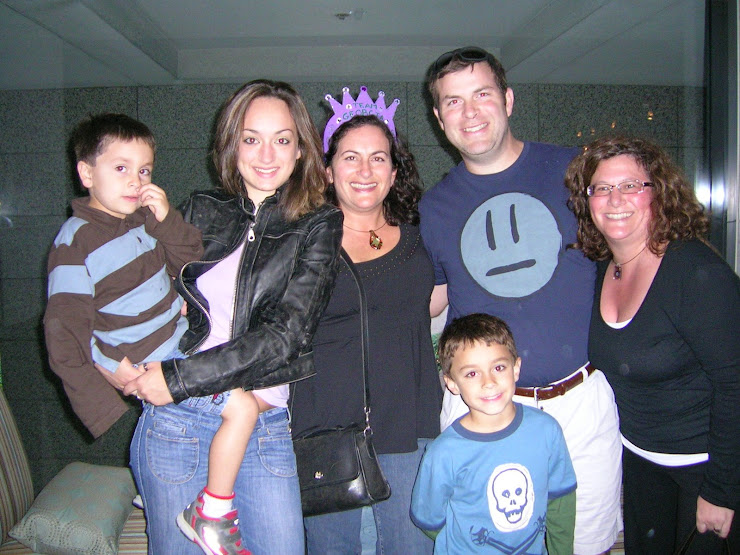
As of July 1, 2005, 14,535 children were adopted by foreigners since 1997 (of who 5,611 orphans adopted by U.S. citizens). 3,573 children in total were adopted in 2004, out of which 2,081 were adopted by foreigners and 1,492 by Ukrainians.
(This report was compiled and written by Steven A.Vetterlein, Executive Director of the UOCFP. Much factual information used in this report courtesy of an Assessment written by Konstantin I. Yakubenko, M.A., with statistical information provided by The Ministry of Youth and Sports of Ukraine).
The Children’s Life in a Ukrainian Institution
The children sleep in large rooms with 8 to 40 beds in one room. Boys and girls have separate bedrooms from age 7 and up. Very rarely children have their own bedside cabinets, but may have some closet space outside of their common bedroom. Most of the time the children spend together, in class during lessons (for children over 6 or 7), outside near the orphanage facilities walking or running around as there are almost no educational games or quality sports opportunities in most orphanages. They eat togethe
 r in large canteens and are almost never allowed to participate in cooking. Exception to that is tedious, un-educational work like peeling potatoes and doing all sorts of cleaning that children are asked to do throughout the day. Sometimes, there is one caretaker/teacher for 30 children or more, while the amount of all orphanage staff may reach to one staffer per two children. Children do not know what they deserve or have rights for (let alone general rights of children adopted by the UN). More than frequently, the same teachers indoctrinate children on many subjects, like math, literature, physics, music, etc. due to the lack of qualified staff in any given institution. Children abide by strict rules, stand in line to get their food or receive their bedding after fairly rare linen/clothing washing days. Most institutions don’t even aim to prepare children for future life – very rarely outside of institutions life skills or job skills are taught to children. Showers or baths (if available) are allowed in groups (boys and girls separately) as rarely as once a week or even more rare than that. Frequently, there would be no hot water so special arrangements have to be made to heat the water during the cold season. In summer, most times arrangements to heat the water would not be made and children are "encouraged" to use cool water available in the shower. Majority of orphanage staff are elderly women, some of who have been raised in institutions themselves and have not gone through any training on how to work with at-risk children. In fact there are no university educational programs in the nation that train students to become orphanage teachers or orphanage social workers! Furthermore, there are no educational programs preventing professional burn out for orphanage staff, most of who work with children with special needs just by virtue of their institutional status.
r in large canteens and are almost never allowed to participate in cooking. Exception to that is tedious, un-educational work like peeling potatoes and doing all sorts of cleaning that children are asked to do throughout the day. Sometimes, there is one caretaker/teacher for 30 children or more, while the amount of all orphanage staff may reach to one staffer per two children. Children do not know what they deserve or have rights for (let alone general rights of children adopted by the UN). More than frequently, the same teachers indoctrinate children on many subjects, like math, literature, physics, music, etc. due to the lack of qualified staff in any given institution. Children abide by strict rules, stand in line to get their food or receive their bedding after fairly rare linen/clothing washing days. Most institutions don’t even aim to prepare children for future life – very rarely outside of institutions life skills or job skills are taught to children. Showers or baths (if available) are allowed in groups (boys and girls separately) as rarely as once a week or even more rare than that. Frequently, there would be no hot water so special arrangements have to be made to heat the water during the cold season. In summer, most times arrangements to heat the water would not be made and children are "encouraged" to use cool water available in the shower. Majority of orphanage staff are elderly women, some of who have been raised in institutions themselves and have not gone through any training on how to work with at-risk children. In fact there are no university educational programs in the nation that train students to become orphanage teachers or orphanage social workers! Furthermore, there are no educational programs preventing professional burn out for orphanage staff, most of who work with children with special needs just by virtue of their institutional status.Most facilities would greatly benefit from repairs that have not been funded for years or decades. Frequently, the roof would be leaking in this or that part of the facility (ies). The same applies to institutions’ equipment and supplies. Institutions’ material base is described as "extremely poor". Some are in very critical condition and fail to perform even the most basic functions.

No comments:
Post a Comment